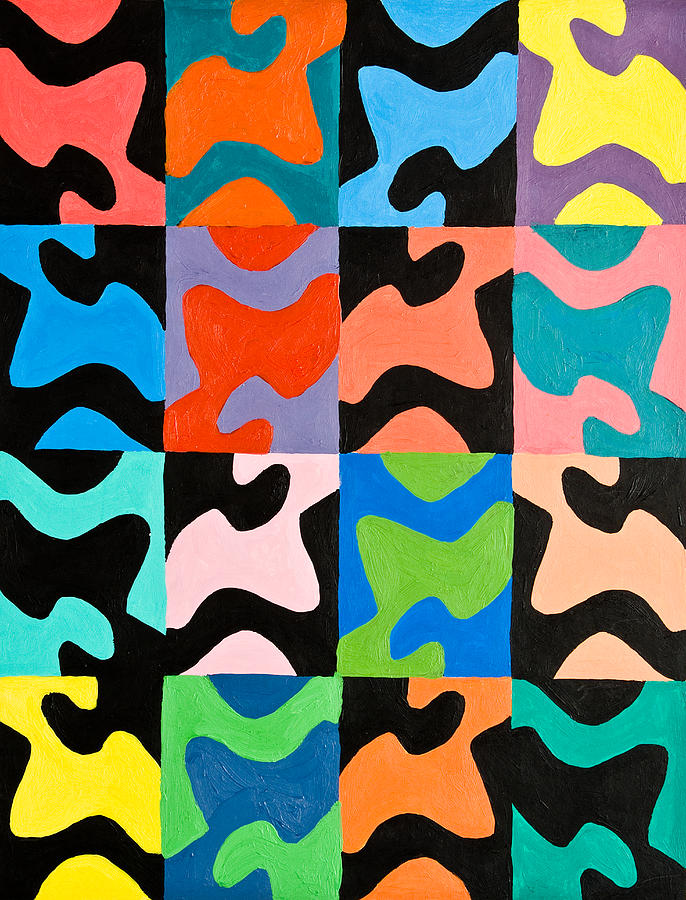
Escher shows us that reality is wondrous, comprehensible and fascinating.Įxamining one of his woodcuts, Sky & Water I (left above), we see fish in the sea and as you go up, the space between the fish transform into black ducks. In his work we recognize his keen observation of the world around us and the expressions of his own fantasies. His art continues to amaze and wonder millions of people all over the world.

He played with architecture, perspective and impossible spaces. Many of these sketches he would later use for various other lithographs and/or woodcuts and wood engravings. During these 11 years, Escher would travel each year throughout Italy, drawing and sketching for the various prints he would make when he returned home. They settled in Rome, where they stayed until 1935. After finishing school, he traveled extensively through Italy, where he met his wife Jetta Umiker. He was born in Leeuwarden, the Netherlands, as the fourth and youngest son of a civil engineer. Escher illustrated books, designed tapestries, postage stamps and murals. Like some of his famous predecessors, - Michelangelo, Leonardo da Vinci, Dürer and Holbein-, M.C. Escher, during his lifetime, made 448 lithographs, woodcuts and wood engravings and over 2000 drawings and sketches. What made Escher's pictures so appealing was that he used tessellations to create optical illusions. He is most famous for his so-called "impossible structures", such as Ascending and Descending, Relativity, his Transformation Prints, such as Metamorphosis I, Metamorphosis II and Metamorphosis III, Sky & Water I or Reptiles. He created visual riddles, playing with the pictorially logical and the visually impossible. His art is enjoyed by millions of people all over the world. Maurits Cornelis Escher (1898-1972) is a graphic artist known for his art tessellations. "Designs featuring animals, birds, etc, which can fill the page, without over-lapping, to form a pattern." "A collection of plane figures that fills the plane with no overlaps and no gaps." "To form into a mosaic pattern, as by using small squares of stone or glass."

But we're pretty damn lucky just the same, almost no other mammals see the spectrum we do."A tessellation is created when a shape is repeated over and over again covering a plane without any gaps or overlaps." Because when you want to display them side-by-side, e.g. Damn, colour is so-o-o-o delicious to our eyes, I wish we could have, say, just 3 more!. When people are gazing stereo images, and equally when they are looking at tessellations, they are arrested as in few other moments." (quote drawn from email in December of 2013)Ībout the too-small spectrum of colors we humans can see, Bruce writes "I know what you mean about the limitations of our colour sense. Beginners too often overlook the next step: tweaking the tiles' shapes 'til they most closely resemble the theme animal (or toaster or person or dragon).īruce Bilney makes that extra effort, and so his animal tessellations are particularly satisfying.Ībout art, Bruce writes "I've always thought the primary attribute of anything to be called Art is that it must at least grab one's attention, and for a moment, however long or short, to hold it. only a little bit like something from the animal kingdom. It's a sad fact that most tessellation artists are satisfied with blocky, almost unfinished-looking or overly stylized unnatural awkward shapes.Īlso, beginners at tessellation, as evidenced in the guest artist galleries on my site, too frequently stop as soon as they have a shape that tessellates and looks.well. Next Page > BRUCE BILNEY TESSELLATION ART GALLERYīruce Bilney is best known for tessellations with Australian themes, and of realistic animal shapes in natural, comfortable poses.

#Tessellation artists how to
How to Make an Asian Chop (stone stamp).


 0 kommentar(er)
0 kommentar(er)
